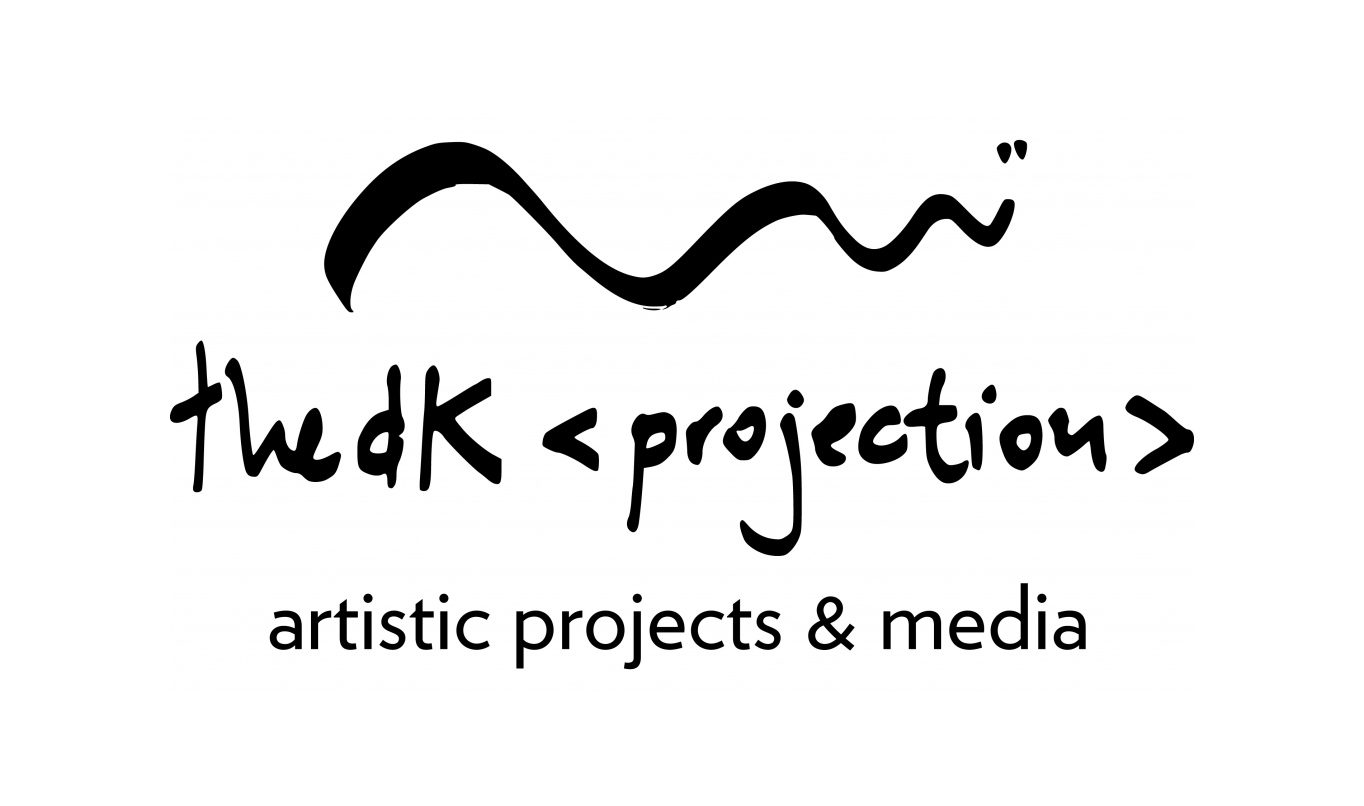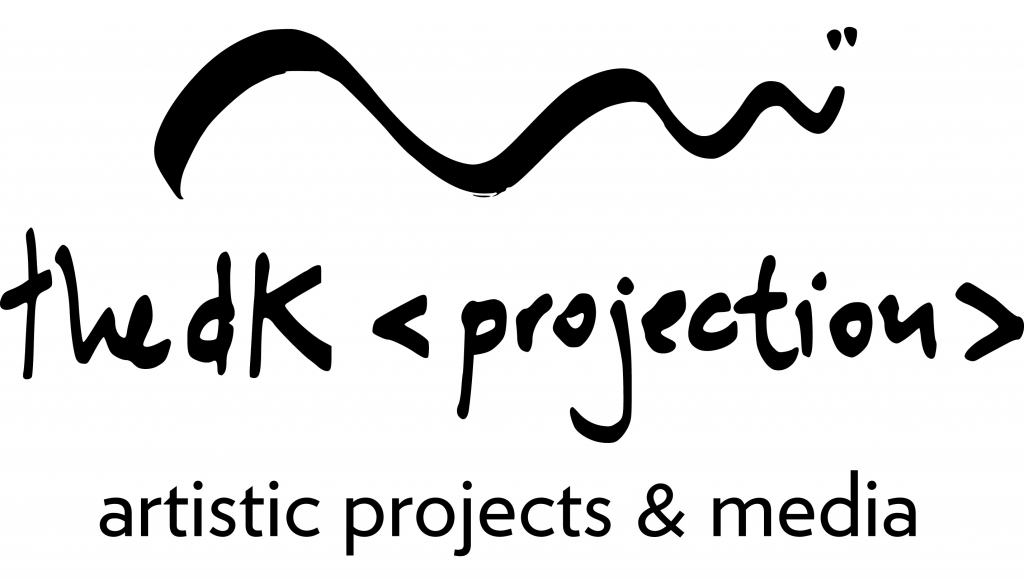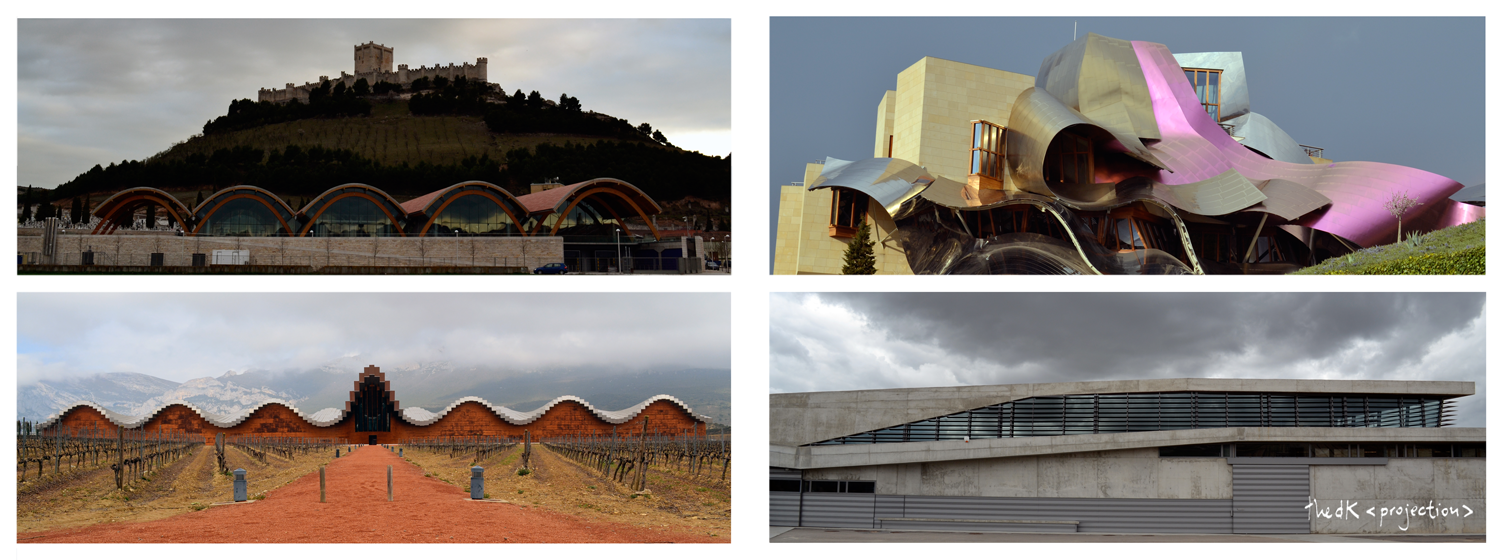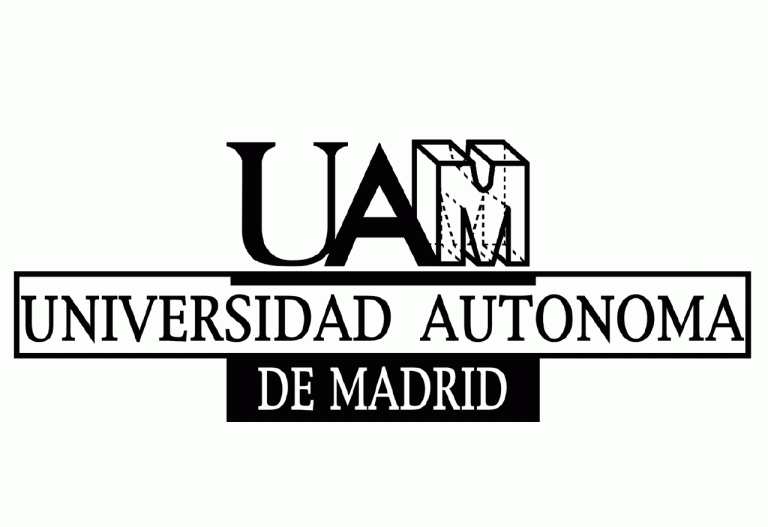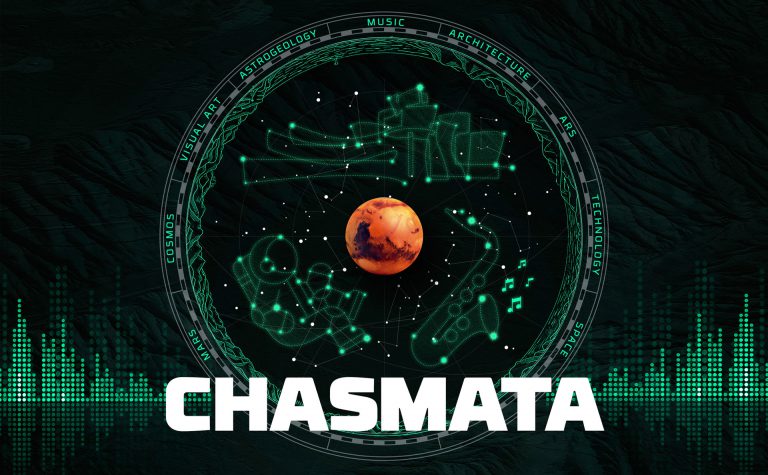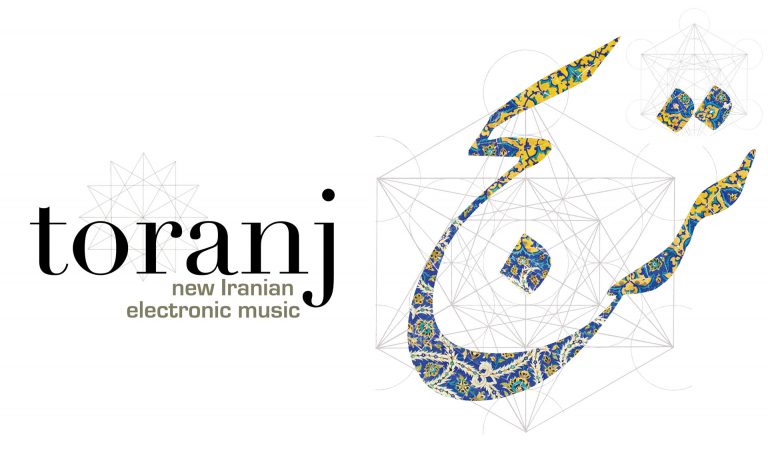[d]espacio
Next 6th of March there will take place the word premiere of [d]espacio: acousmatic series on four Spanish buildings. The event will take place in the XXI Festival de Primavera – Músicas de los siglos XX y XXI organized by the University of Salamanca (ES). Two days later, on the 8th of March, we will travel to the Insitute of Sonology in The Hague to carry out the Dutch premiere of the series in a monographic concert, anc closing this activities with a lecture on this subject on the morning of the 9th of March.
Music on four wineries
The recital [d]espacio consists of four acousmatic pieces for tape with visualizations composed by Ángel Arranz between 2009 and 2012. Each of the four pieces is inspired and take its compositional modem from one of the four Spanish avant-garde wineries: Bodegas Protos, Bodegas Marqués de Riscal, Bodegas Yisios y Bodegas Qumrán. These four wineries have been built by four great contemporary architects, respectively: the British architect born in Florencia, Sir Richard Rogers; the canadian living in the United States Frank Gehry; the Spanish Santiago Calatrava, and also the Spanish Barcelona-based architects Solís/Hernández. Arranz selects these four works to compose the pieces integrating the [d]espacio series: Electronic Study, inspired on Bodegas Protos in Peñafiel; Extrusion, inspired on Bodegas Marqués de Riscal in Elciego; SAH, inspired on Bodegas Ysios in Laguardia, and lastly De la luz y del espacio inspired on Bodegas Qumrán, in Padilla de Duero. The pieces are played through a set of speakers distributed in the room and the video is projected on a screen.
Sound as space and as organized time
[d]espacio means two thinks equally: firstly, de espacio (on space) understood as something dealing about space. More specifically, something which examines the action on space, that is, the recreation of an imaginary space. Each of the four pieces aims to explore the scenic space attending to different strategies based in the virtual redesign of the number of elements -speakers- participating in the sound diffusion, as well as in the functionality self of such elements. In a second sense, de espacio is understood as an adverb, despacio (in Spanish, slowly): time as an action. In this sense, in a temporal domain, it becomes evident the progressive and dilated character of the composition process, which has been gestated for a time lapse of about three years. This second sense emphasize a gradual and organic development, expressed as the idea of time extended within the sound composition, as well as in agreement with its generative character.
This particular philosophy on time aims to establish a balance between composed time-abstract matter as such, and time bound to its own temporal inertias, generally autonomous of thought or abstracted time. Also, the evolution of the materials contributes to stablish an organic relationship inside the conception of the series. The whole of the four pieces develops as a large seed/anti-rythm, mirroring the behaviors present in the first piece, Electronic Study.
Music, image, architecture
In the sound as well as in the visual level, each of the four pieces establishes a different relationship with its compositional model. In its musical part, Electronic Study takes the building’s vaulted profile as a graphic element of sound genesis by means of the UPIC system. In Extrusion, the building’s complex curvilinear design is suggested in a continuous duality of sound, which aims to reveal the plasticity of the constructive material and its industrial nature. In the case of SAH, the model’s sinusoidal formal characteristics constitute the sonologic approach by using shapes undergoing differential processes on time – sample and hold, voltage control strategies-. Finally, De la luz y del espacio restores the original physical resonances of the building’s interiors, recorded in situ, and used as main materials for the composition of the piece.
As for the visuals, the video takes different strategies as well, whic range between a more predominant relationship with architecture in some occasions, and a more predominant relationship with music in others. The fact that Electronic Study was created using a graphic interface similar to UPIC, results in the authors’ decision to choose for its exact opposite during the execution: that is, the absence of visualization. The piece is played in absolute darkness, in order to erase any trace of visuality or graphicity previous to the execution, and enhancing exclusively the musical/sound aspects. In some way, Electronic Study acts as a musical introitus, since this piece is the “generator” of most of the materials and the evolution processes of the following three pieces.
The video Extrusion refers to images of Gehry’s building’s main facade, from the level of plastic suggestion -textures, shaping of the visual objects -; however, at the same time it represents its own relationship with the sound universe. In SAH, the video undergoes similar processes, though in a much freer manner, inasmuch as there is not a direct coincidence between the sound and the visual phenomenons.
In De la luz y del espacio, the visual references to the model are absolutely direct, since the images used throughout the visualization are directly derived from the building´s 3D plans. This images, together with the original resonances of the building played through 4 channels, re-create a sort of sensory immersion in space, but at the same time they do not resign their own poetic expressiveness.
The interaction created between music and video establishes an unhurried itinerary starting from the visual silence (Electronic Study), then traveling through a subordination of the visual to the musical discourse (Extrusion), which later on begins to disconnect and juxtapose to the building’s model through an abstract architectural node, generating in a subliminal sense close to the tragical the splitted sensorial (SAH) and then finally culminating in the evident union of the three elements in one (De la luz y del espacio).
A tradition that emerges in the Renaissance
This meeting between architecture and music proposed by the DK <projection> aims to continue an universal interdisciplinary artistic tradition, barely explored in History. This path begins in Florencia in 1436, with the collaboration between the architect Brunelleschi and the chapel master Dufay, and is not materialized again until the XX and XXI centuries: 1958, Le Corbusier/Xenakis/Varèse (Pabellón Philips, Bruselas); 1964, Roche/Dinkeloo (IBM Pabilion, New Work); 1978, Xenakis (Diatope, Paris-Bonn); 1984, Nono/Piano (Prometeus‘ Ark, Venice-Milan); 1995, Nono/Isozaki (Akiyoshiday, Shuho-cho, Japan); 2000, Zumthor/Ott (Swiss Pabilion, Hannover); 2004 Spuybroek/van der Heide (Son-O-House, Son-e-Breugel, The Netherlands).
The festival’s organization has decided to name its XXI edition as De la luz y del espacio, in honor to The DK <projection>, the foreign invited group this year. De la luz y del espacio is the title of one of the four pieces conforming the [d]espacio series. We want to thank them deeply for that.
Mor info on this project on our web.
